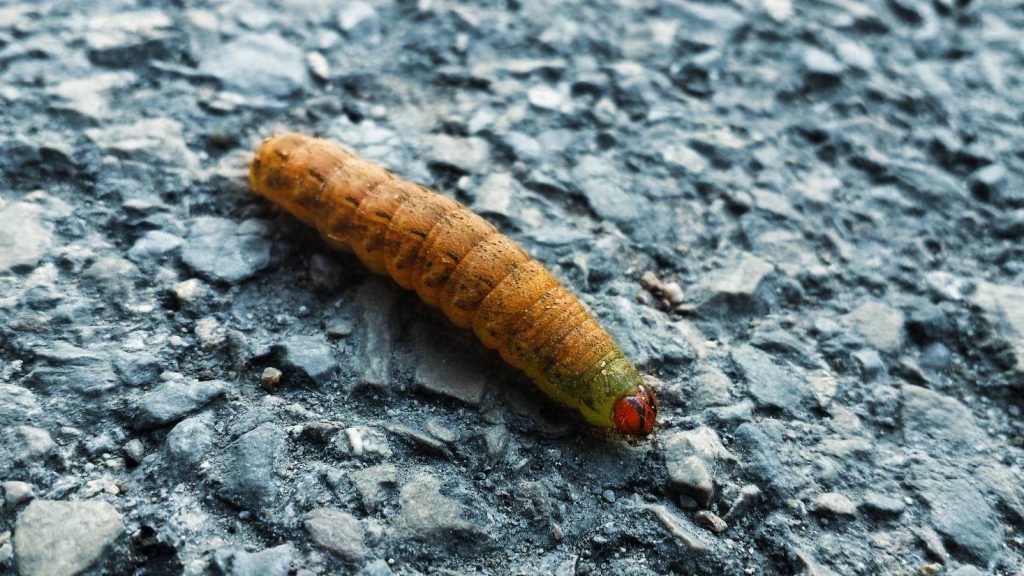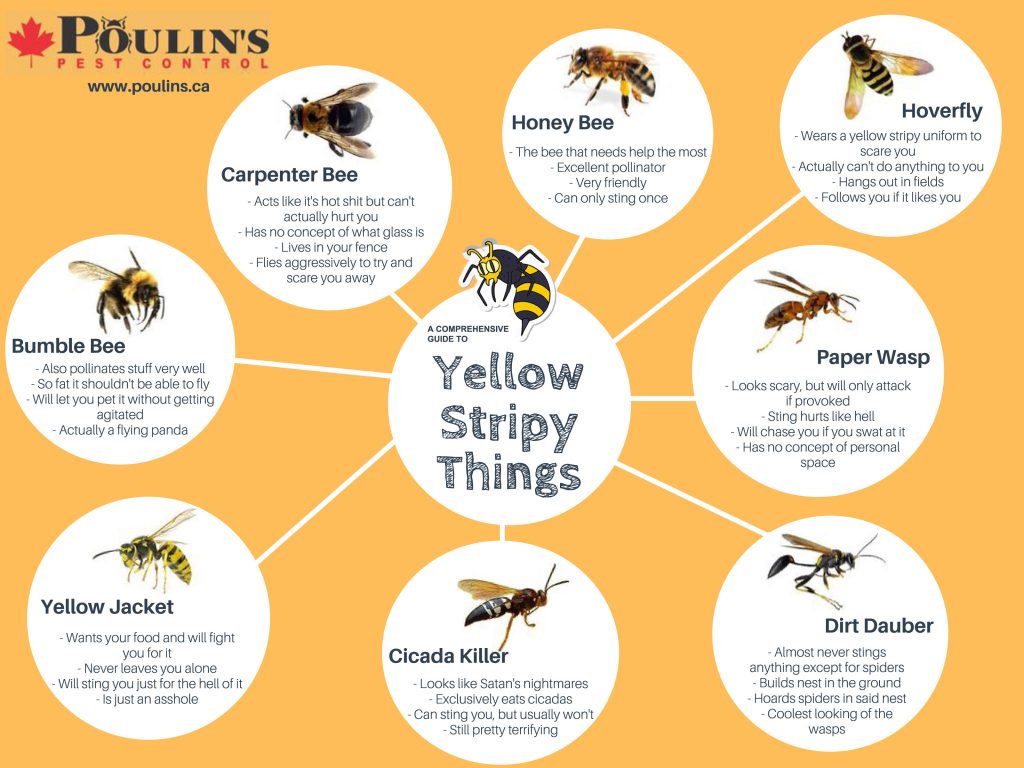
DESCRIPTION
Nineteen species of bats have been recorded in Canada, 17 of them being commonly found. Bats are warm-blooded mammals but their ability to fly sets them apart from all other mammals. Their wings are folds of skin supported by elongated finger, hand, and arm bones. Wing membranes attach to the sides of the body and the hind legs. In Canadian species, the tail is enclosed in the membranes. Resting bats usually hang head downward so that taking flight means just letting go. With their wings spread, flying bats appear larger than resting ones. But bats are small mammals. For example, an average-sized Canadian bat, the little brown bat Myotis lucifugus, weighs about 8 g in summer (the mass of two nickels and a dime) and has a wingspan of about 22 cm. The hoary bat Lasiurus cinereus is the largest Canadian species, weighing about 30 g, with a wing span of 40 cm. At about 5 g, the smallest Canadian species are the eastern and western small-footed bats (Myotis leibii and Myotis ciliolabrum, respectively) give birth to live young and suckle them. Bats are long-lived mammals, the current record for being a banded little brown bat from a mine in eastern Ontario that survived more than 35 year.
Sights and Sounds
Bats are well known for their echolocation behavior. Most bats — and all Canadian species — use echoes of the sounds they produce to locate objects in their path. Higher frequency sounds have shorter wavelengths and give bats more detailed information about their targets. Most Canadian bat species use echolocation calls that are ultrasonic (beyond the range of human hearing). A notable exception is the spotted bat Euderma maculatum, which occurs in the Okanagan Valley of British Columbia and uses lower-frequency echolocation calls readily audible to most people.
Habits
Bats are primarily nocturnal creatures, sleeping during the day and hunting and feeding at night. Bats are not blind. The eyes of many bats that eat insects are inconspicuous, but bats see very well and use vision for many of the things they do. However, as far as we know, Canadian species use echolocation to locate their prey, and their large ears reflect the importance of sounds in their lives. In echolocation, the difference between the original sound and its echo contains the information used by the bat to locate and identify objects in its path. Echolocation is not a characteristic of all bats, and it also is used by toothed whales, some cave-dwelling birds, and mammals such as shrews.
The ears of many insects, including many species of moths, lacewings, crickets, mantids, and beetles, are sensitive to the echolocation calls of bats. This sensitivity allows these insects to avoid capture by flying away or taking evasive action (as shown in the illustration). The spotted bat is an interesting exception. Most insects cannot detect its lower-frequency echolocation calls, making these bats much more difficult to detect and evade.

Tree-Banding Mistakes: The Most Common Errors People Make with Cankerworm Prevention
Cankerworms, also known as inchworms, can wreak havoc on your trees, especially in the spring and fall in the prairie provinces. Even though tree banding can be an effective way to stop these pests, it is fundamental that you know how to do it properly to keep these caterpillars away from your property’s surroundings. At…

Seasons Greetings!
As the holiday season is upon us, we find ourselves reflecting on the past year and those who have helped to shape our business. It’s been quite a year for us all! We hope that this year has been just as memorable for you, your colleagues, and your loved ones. At this special time of…

Happy Holidays From Poulin’s!
The end of the year brings no greater joy than the opportunity to express to you season’s greetings and good wishes. May your holidays and New Year be filled with joy! We would like to share our sincerest appreciation for the trust you have placed in us and best wishes for the holidays. This holiday…

Comprehensive Guide to Yellow Stripy Things
Please enjoy our take on the “Comprehensive Guide to Yellow Stripy Things”.

